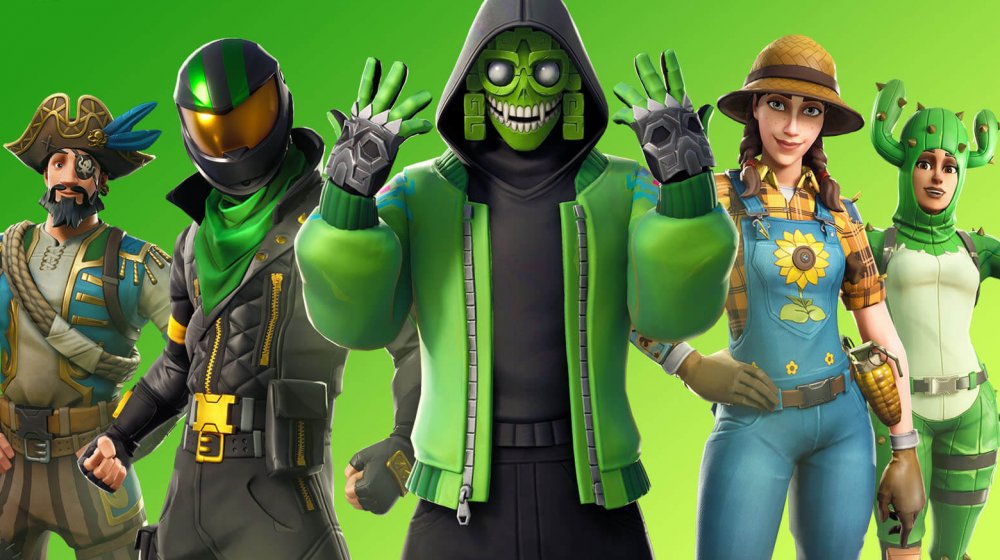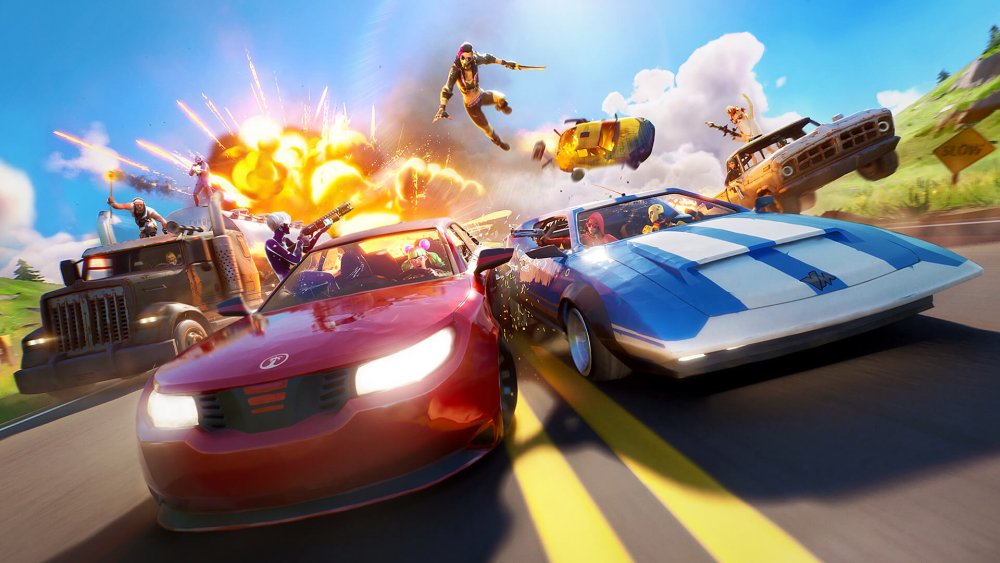The Surprising Amount Of Time It Took To Develop Fortnite: Battle Royale
Development cycles are a hot topic in the video game industry. On one hand, rushing a game tends to result in poor quality and crunch, but if a title takes too long or is delayed, then it enters development hell — and even more crunch. So, what is the Goldilocks zone of game development? How short is too short, and how long is too long? It depends on the scope of the game.
Fortnite: Battle Royale is a fascinating study in game development length, if only because you will never guess how long it took. The amount of time Epic Games spent on Battle Royale blows other titles out of the water, especially since initial development reportedly occurred without crunch — that came later.
If you want to know how long Fortnite: Battle Royale took to develop from the ground up, here's the surprising answer.
Fortnite's Battle Royale development was shorter than its seasons
During a 2018 GDC panel, head of publishing Ed Zobrist began his presentation by revealing Epic Games started working on the Save the World PvE mode of Fortnite in 2011. You might think the company spent as much time on the more popular PvP Battle Royale mode. Not so. About half an hour into the panel, Zobrist dropped the bomb that Battle Royale took two months to develop.
Time for some math. Battle Royale launched on Sep. 26, 2017. Almost two months prior to that, Save the World launched July 25 (in the panel, Zobrist said it launched July 21). This means that once Save the World released, Epic Games developers rolled up their sleeves and started working on Battle Royale. However, the info bombs didn't stop there.
Zobrist also explained that Epic Games shipped Battle Royale in two months thanks to some help from the Unreal Tournament team. Moreover, Battle Royale was a tiny afterthought at the time. The mode was originally envisioned as a smaller, competitive component that would be gated off by Save the World purchases. But, as development rolled on, Battle Royale evolved into a standalone mode, and it wasn't planned as free-to-play until the home stretch. According to Zorbrist, the marketing team worked two weeks straight (including weekends) to account for the sudden pivot.


